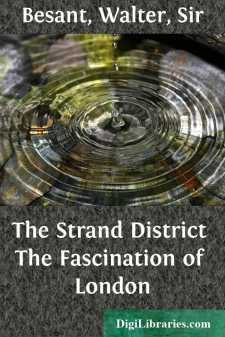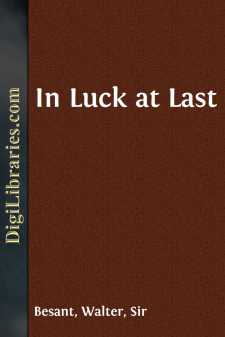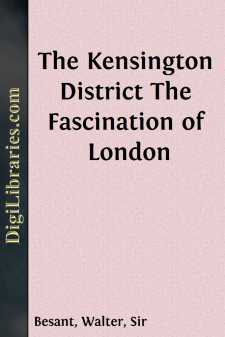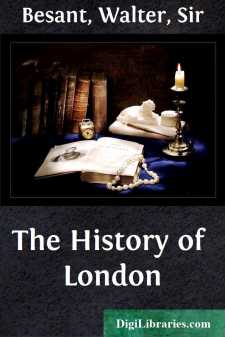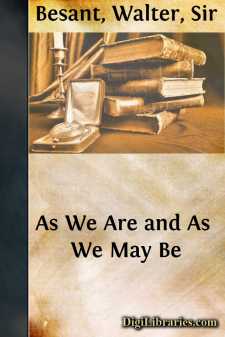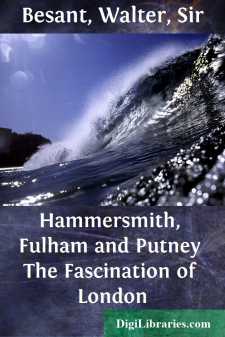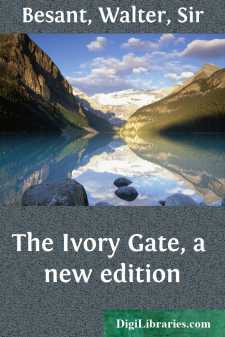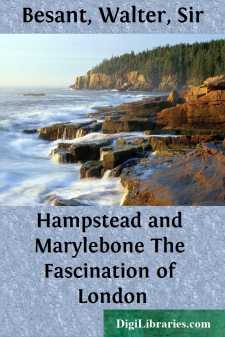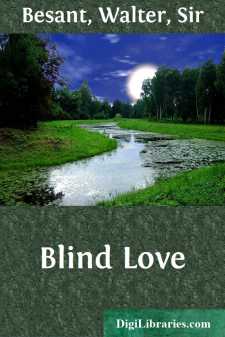Categories
- Antiques & Collectibles 13
- Architecture 36
- Art 48
- Bibles 22
- Biography & Autobiography 813
- Body, Mind & Spirit 142
- Business & Economics 28
- Children's Books 15
- Children's Fiction 12
- Computers 4
- Cooking 94
- Crafts & Hobbies 4
- Drama 346
- Education 46
- Family & Relationships 57
- Fiction 11828
- Games 19
- Gardening 17
- Health & Fitness 34
- History 1377
- House & Home 1
- Humor 147
- Juvenile Fiction 1873
- Juvenile Nonfiction 202
- Language Arts & Disciplines 88
- Law 16
- Literary Collections 686
- Literary Criticism 179
- Mathematics 13
- Medical 41
- Music 40
- Nature 179
- Non-Classifiable 1768
- Performing Arts 7
- Periodicals 1453
- Philosophy 64
- Photography 2
- Poetry 896
- Political Science 203
- Psychology 42
- Reference 154
- Religion 513
- Science 126
- Self-Help 84
- Social Science 81
- Sports & Recreation 34
- Study Aids 3
- Technology & Engineering 59
- Transportation 23
- Travel 463
- True Crime 29
The Strand District The Fascination of London
by: Walter Besant
Categories:
Description:
Excerpt
WEST AND NORTH OF CHARING CROSS
Beginning at the extreme westerly limit of St. Martin's-in-the-Fields, on the south side of Hyde Park Corner, we find ourselves in the Green Park. This is a triangular piece of ground, which was formerly called Little or Upper St. James's Park. It has not much history. In 1642 fortifications were erected on Constitution Hill, and at the end of the seventeenth century this same spot was a noted place for duels. Fireworks on a great scale, with public entertainments, took place in the park at the Peace of Aix-la-Chapelle, and again in 1814. On Constitution Hill three attempts were made on the life of Queen Victoria. The chief object of interest in the park is Buckingham Palace, which is not altogether in St. Martin's; in fact, the greater part, including most of the grounds, is in the adjacent parish of St. George's, Hanover Square. The palace is a dreary building, without any pretence of architectural merit, but it attracts attention as the London home of the English Sovereign.
It stands on the site of Arlington House, so called from its connection with Henry Bennet, Earl of Arlington (the Earl whose initial supplied one of the a's in the word "Cabal"). John Sheffield, Duke of Buckingham, bought the house and rebuilt it in 1703, naming it after himself, and including in the grounds part of the land belonging to Tart Hall, which stood at the head of St. James's Street, and has been mentioned in the account of the adjoining parish of St. Margaret's, Westminster. Buckingham House was bought from Sir Charles Sheffield, son of the above-mentioned Duke, by the Crown in 1762. In 1775 it was granted to Queen Charlotte as a place of residence in lieu of Somerset House, and at this period it was known as Queen's House. George IV. employed Nash to renovate the building, and the restoration was so complete as to amount to an entire rebuilding, in the style considered then fashionable; the result is the present dreary building with stuccoed frontage. The interior is handsome enough, and, like that of many a London house of less importance, is considerably more cheerful than the exterior. The chief staircase is of white marble, and the rooms are richly decorated. The state apartments include drawing-rooms, saloons, and the throne-room, which is sixty-four feet in length. The picture-gallery contains a collection of pictures made by George IV., chiefly of the Dutch school; it includes works of Rembrandt, Rubens, Vandyck, Dürer, Cuyp, Ruysdael, Vandervelde, and others.
The grounds are about forty acres in extent, and contain a large piece of ornamental water, on the shore of which is a pavilion, or summer-house, with frescoes by Eastlake, Maclise, Landseer, Dyce, and others, illustrating Milton's "Comus." The channel of the Tyburn, now a sewer, passes under the palace. The Marble Arch, at the north-east corner of Hyde Park, was first designed to face the palace, where it stood until 1850.
The palace is partly on the site of the well-known Mulberry Gardens, a place of entertainment in the seventeenth century....


